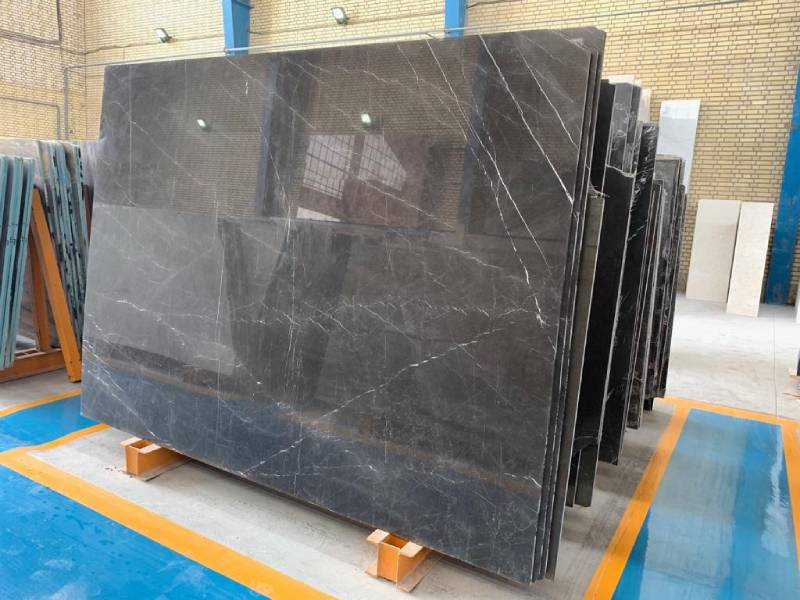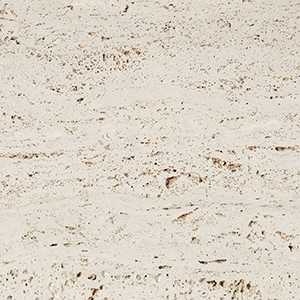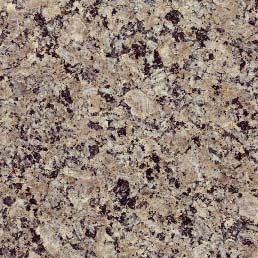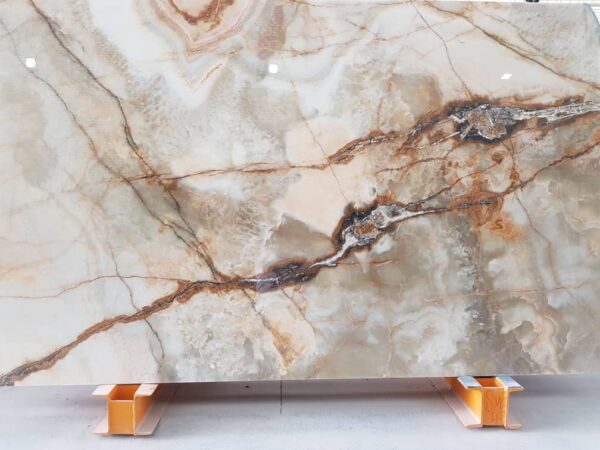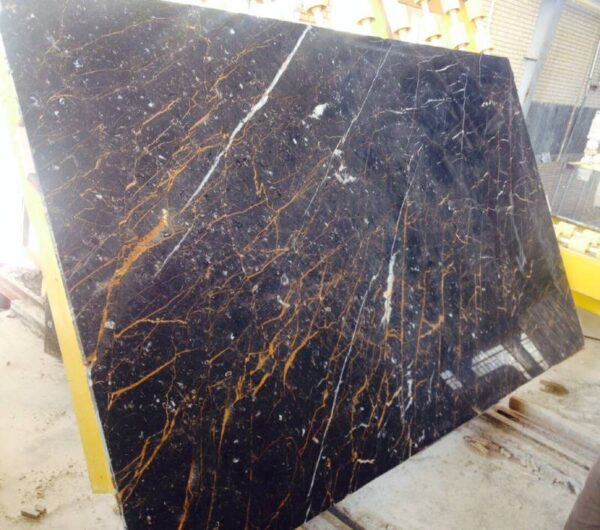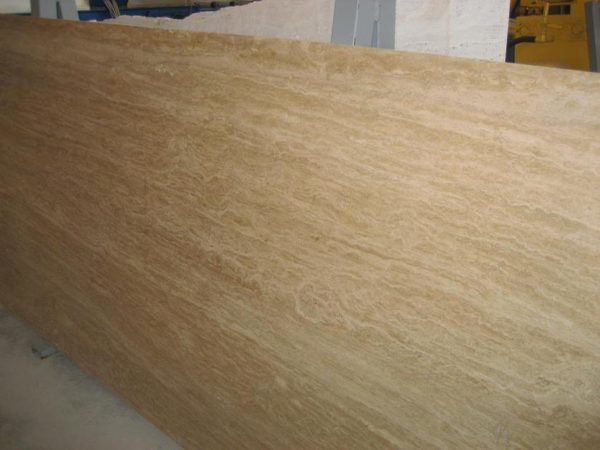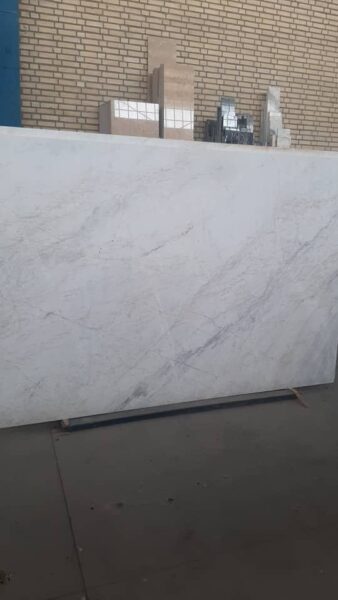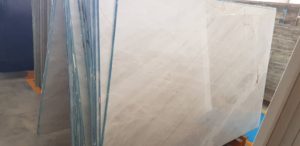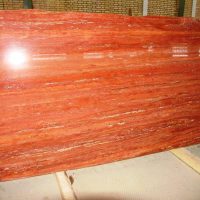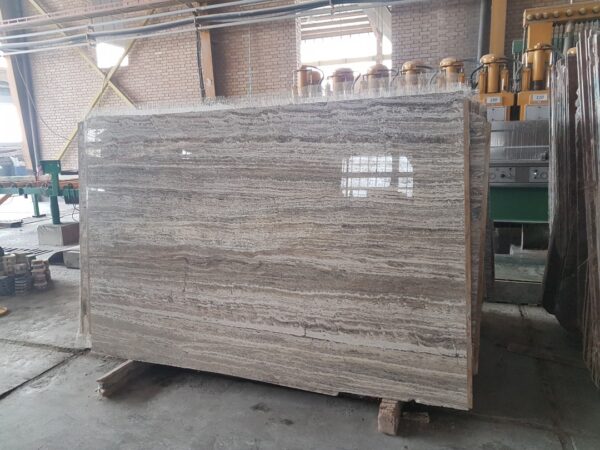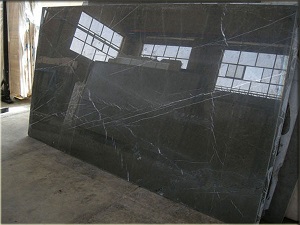How to Clean Natural Stone? (Updated 2024)
Natural stone encompasses a variety of different stone types that can be found all across the world and are used commonly for things like countertops and floor tiles. Granite, limestone, marble, slate, sandstone, and travertine are all-natural stones. How to Clean Natural Stone?
Because many types of natural stone are porous, they can soak up liquids which cause stains. Luckily, there are ways that you can clean and care for your stone with simple maintenance and cleaning supplies.
Iranian Red travertine Special wholesale price
Iranian Pink red Marble Special wholesale price
1. Sweep off surface debris.
If you are cleaning a natural stone floor, you’ll want to use a fluffy mop or brush that has soft, natural bristles. This will prevent the stone from getting scratched by brushes with abrasive bristles. If you are cleaning natural stone countertops, a clean cotton rag or a handheld duster can remove surface debris.
Sweep all the dirt and dust into a dustpan and dispose of it.
If you are cleaning natural stone floors, you can also use a vacuum.
Sweep or dust your natural stone at least twice a week.
2. Mix warm water and mild dish detergent in a bucket.
Fill up a bucket with five cups of warm water from your faucet and put two to three drops of mild, pH-neutral dish soap into the bucket. Mix the water and soap together until bubbles start to form on the top. Read the label of the dish soap that you are purchasing to make sure that it doesn’t contain any acid, which could damage the natural stone.
Alcohol, citrus, and vinegar all contain acids that are corrosive to natural stone.
You can also ask a stone retailer to direct you towards a stone-specific cleaner.
3. Wipe down the natural stone with the solution.
Use a soft mop or a rag and dip it into the solution that you just created. Work in circular motions to lift up any stuck-on soap scum, dirt, or gunk that is on your stone. If you are using a mop, go left and right in large sweeping motions to remove dirt and gunk from the floor.
4. Rinse off the solution with distilled water.
Rinse the stone with distilled water until there is no more soap or cleaning solution left on the stone. Regular water from your tap may contain minerals that could discolor the stone. The cleaner can also be absorbed by the stone and cause discoloration, so make sure that you rinse it thoroughly.
-If you don’t have distilled water, you can boil tap water instead.
5. Dry the stone.
Dry the stone with a soft, synthetic, or cotton rag until all of the moisture is gone. Do not leave any cleaner or liquid on the surface of the stone. Continue to buff the area until your natural stone looks shiny and clean.

